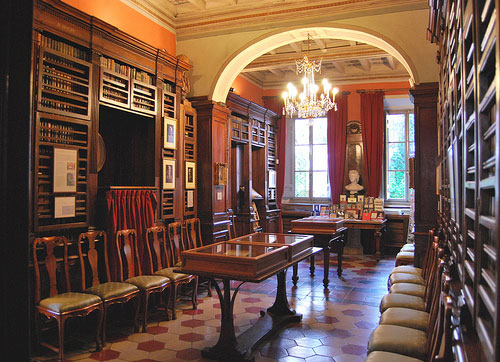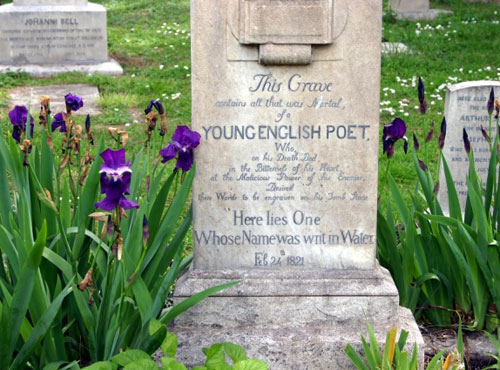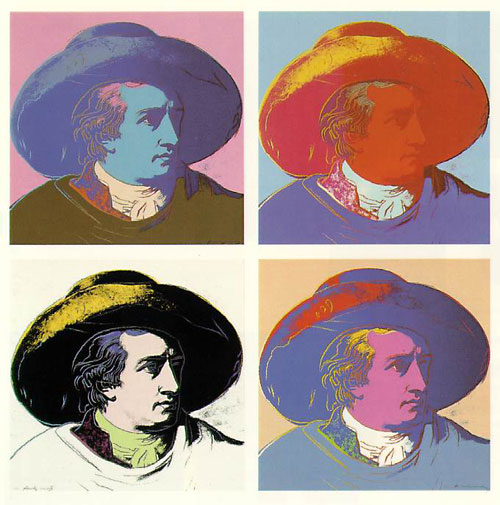If there´s a city where it´s hard to point out a series of magical sites, that city is Rome, and not exactly due to its lack of them but because of the opposite, because of the overwhelmingness of them.

However it´s not easy to leave aside a mention to the Keats and Shelley House-Museum (http://www.keats-shelley-house.org/), not only for its delicate beauty and its exceptional location next to the impressive baroque white stairs of the unforgettable Piazza di Spagna, which is impossible to determine whether it´s more famous or more beautiful, but also for being perhaps the biggest pagan temple erected to Romanticism, a pilgrimage centre for the followers of an impulse that shaped modern sensitiveness. Among true relics such as a lock of Keats´ hair and his death mask or the urn that contains the ashes of Shelley´s body – whose cadaver was so badly disfigured by birds and fish that he could only be identified thanks to the Keats book that he had with him at the time of his drowning-, burned by the seaside in a Greek-style bonfire in a ceremony officiated by Byron which is worthy of being labelled legendary, the house contains valuable mementos, such as personal letters, documents and an extraordinary and extensive library.
Equally as emotive, for reasons perhaps not far away from the aforementioned romantic spirit, the Mausoleum of Augustus (Piazza Augusto Imperatore/via Ripetta) is a perfect reminder of the vanity of all things and the devastating effect of the passing of time. It´s hard to understand at first sight, that this forlorn brick cylinder, originally covered in pillars and marble statues, flanked by two obelisks that are now at the Piazza del Quirinale and at the Piazza dell´Esquilino, was once one of the most important funerary monuments in ancient Rome. The vegetation that has now grown on and around it, gives it a wabi-sabi effect that´s strikingly beautiful.
Perhaps due to the same invincible inertia expressed by Nanni Moretti in ´Caro Diario´ of being more at ease among minorities, Santa Maria sopra Minerva (Piazza della Minerva, 42), the only gothic church preserved in Rome, is destined to find a place in this list. Built on an ancient temple dedicated to the Roman goddess of wisdom, the star-studded sky of its ribbing and its amazing polychromatic quality seem to keep us in a state of enchantment located in the margin of time.
We also become enchanted somewhere close to there, in the Piazza della Rotonda, thanks to the outright sacred victory of the harmonically musical shapes and volumes of the Roman Pantheon, the eternal hopeful in the category of most perfect building of all time, if this had ever existed.
Nothing can ever convince us of the Pythagorean maxim that everything is a number, nor will we find a better symbol than its unique oculus of possibility of traffic between earth and sky, always within reach when we occupy apartments in Rome

 English
English

